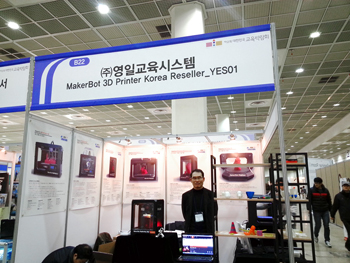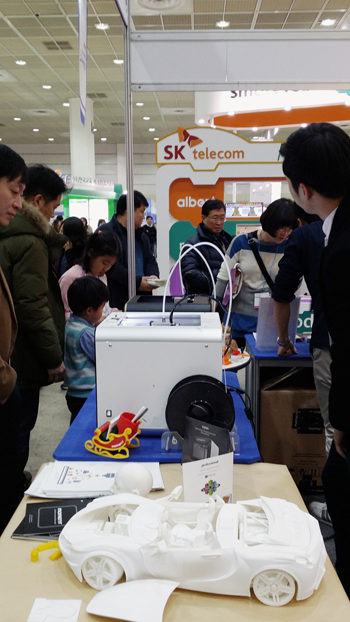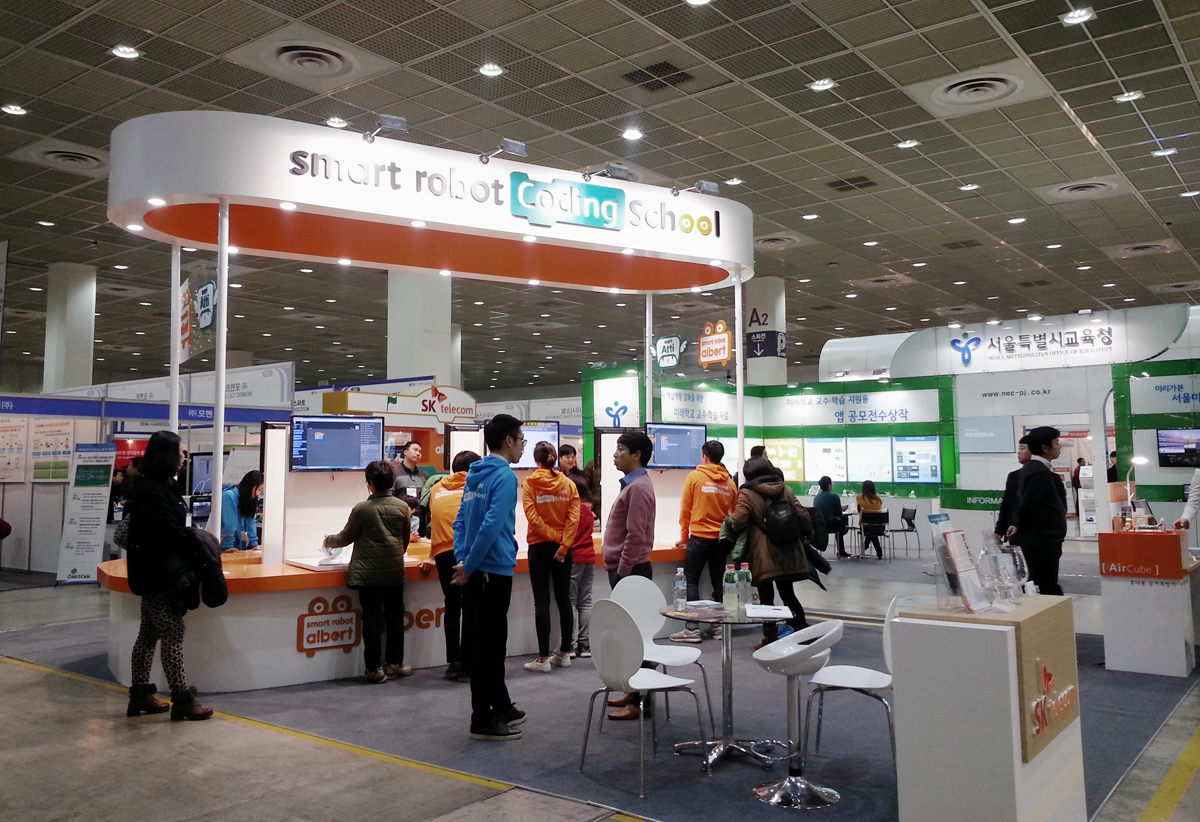Being a densely populated small country, lacking natural resources, Korean parents have always believed that education is the key to a better future. Such an obsession for education has created an “education fever” that has become a double-edged sword. Hakwons (tough private cram schools) have popped up everywhere and students, under intense pressure from peer competition, study almost all day in school, first at their public schools and then later at the hakwon(s). Though things change when they enter university, students have very little free time up through the end of high school.
Good or bad, this harsh educational system has become a major driving economic force, and has helped Korea to grow internationally. As efficient as the Korean education system may be, it has also received a lot of criticism for its harshness and focus on rote learning. Some have said that it has diminished the natural creativity and curiosity in learning that most children have. True or not, it appears that this is about to change, and I can see that 3D printers are going to be playing an important role in that change.
This past January 15th – 17th, the 12th Education Korea Expo was held in the giant COEX exhibition center in Seoul. This year’s theme was ‘A Guide to New Education’ and was supported by the Ministry of Education and the Korea Institute of Sustainable Design & Educational Environment. The whole show was comprised of education exhibitions, forums, seminars, and experience programs with around 200 companies operating some 600 booths. For three days, the show attracted more than 35,000 teachers, principals, professors, education experts, buyers, sellers, department officials, parents, and students. As you might expect, there were high-school clubs promoting their activities, food service systems for cafeteria managers to look at, and furniture designed to help students learn more comfortably.
And, for the first time in the history of the Education Korea expo, the show included 3D printing companies. As many already know, 3D printing education is being picked up by the Korean government in a big way. Some universities have already started to give classes on 3D printing and many major manufacturers are developing their own education curricula. In addition, the 3D Printing Industrial Association started to issue certification in 3D printing after test takers pass their examination. The certification is authorized by the Ministry of Trade, Industry & Energy and the Korea Research Institute for Vocational Education & Training. The certification is divided into 3 types: 3D printing master, 3D printing assembly expert, and 3D printing instructor. The first test was on the 30th of last November and around 100 people, ranging in age from 15 to 60, took part in the exam. The exam covered 3D modeling, scanning, current trends, actual printing, post-processing, methodology, assembly, maintenance, and calibration.
In this light, it was surprising that only three 3D printer companies attended the expo: a reseller, a large manufacturer, and a new startup. Even though there were only these three, I am sure that, after the turnout and attention they received, many more will be attending in the years to follow.

The second company was Sindoh Co., Ltd. As an office solution corporation which offers digital and multi-function, color, production, and UV printers, they have focused on making office automation machines since their establishment in 1960. Recently, they started distributing the Cube series of 3D printers from 3D Systems. They also took part in CES 2015 to exhibit their new desktop FDM 3D printer, developed in collaboration with American semiconductor company Marvell, and Tangerine, a designing firm in England. One employee told me that they are planning to commercialize their newly developed 3D printer in the second half of this year. Most 3D printer manufacturers in Korea are either start-ups or medium-sized firms. With the advent of a large corporation like Sindoh entering the market, the effect on the 3D printing industry in Korea could be huge.

Also, Mr. Chang Hyun Am of Moment’s marketing team told me that they recently signed a contract with BKsolution. BKsolution provides distribution and rental services for office machines and electronic consumables via 30 nationwide branch offices. According to Mr. Chang, the Korean 3D printing market will grow faster once people are exposed to an environment where they can experience the printers comfortably. “Unfortunately, most available printers are currently too expensive for average consumers to afford. It was then that we came up with the rental service idea that led us to a strategic relationship with BKsolution,” he said. Mr. Chang also told me that they will have education workshops with BK’s branch managers before they start the rental service later this February.
With the focus on smart education, and Korea’s desire to infuse more creativity and originality back into the Korean educational system, many people expect that 3D printing will help bring back the curiosity and joy in education that children naturally have…and play a pivotal role in the new STEAM education goals.





